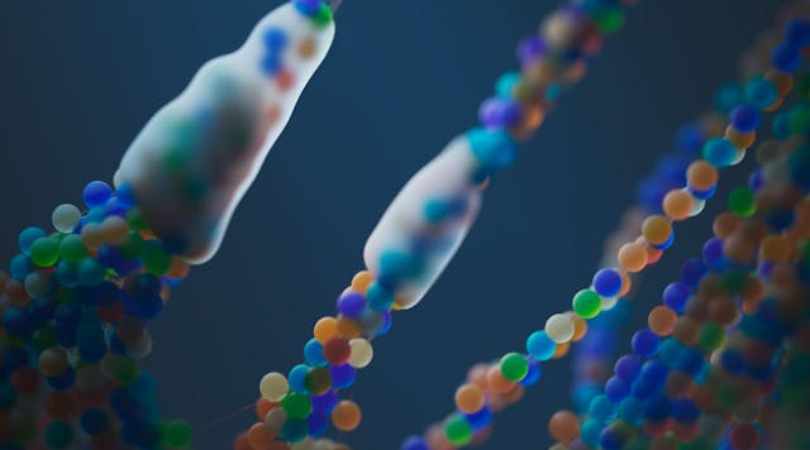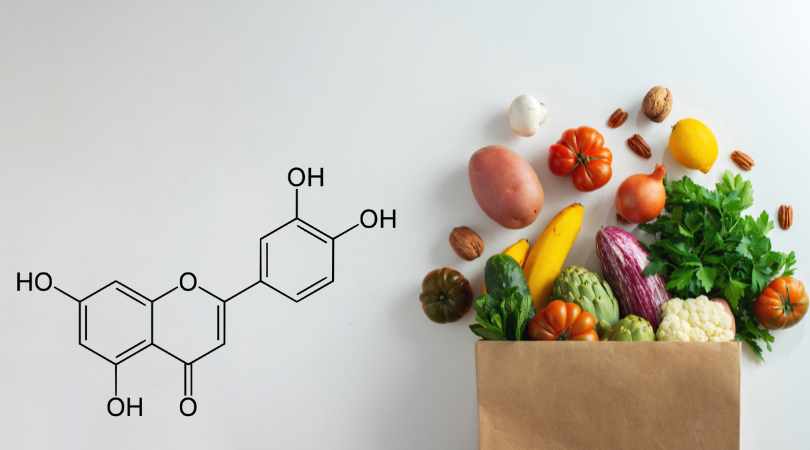Scientists have successfully restored the lost uricase enzyme, a key breakthrough in combating fructose-induced fat formation. This discovery offers new hope for preventing obesity and metabolic disorders by targeting how the body processes sugar and stores fat.
Limited Quantities Available! Order Today and Enjoy Free Shipping on Orders Over $100!
How to Stimulate Fat Loss

While supplements can help you control the impact of fructose sources, they are not a miraculous solution for fat loss. How do we stimulate Fat loss?
It is sad that for many, negative feelings towards fat have lead to lasting emotional harm. In contrast, your body protects fat because recognizes it value. We need to learn to see fat and glycogen for what it truly is: our body’s energy battery, ready to be utilized when we ‘unplug’ from sources of dietary energy.
Granted, our battery might fuller than we prefer it to be. But this simple adjustment in understanding reveals the true key to fat loss.
To deplete your body’s energy reserves, we simply must put the stored energy to use. Carbohydrates are the body’s main energy source, so restricting them forces the body to use stored energy instead.
You may have heard of intermittent fasting and the ketogenic diet. These two approaches are popular among those looking to lose fat and can be a powerful combination. Let’s explore how to use intermittent fasting and a ketogenic diet to stimulate fat loss.
Step 1: Teaching your body to use fat as a fuel source
To lose fat, it’s important to train your body to use fat as its primary source of fuel. Initially, when starting a new diet, your body relies on glycogen (stored carbohydrates) for energy rather than burning fat. Glycogen is stored with water, so the initial weight loss you see is often a combination of glycogen and water weight, which can be up to 5kg (11 lbs). To tap into fat reserves, you first need to deplete glycogen stores.
This initial water loss can cause symptoms known as the “keto flu,” including fatigue, headaches, and brain fog. Staying well-hydrated and gradually reducing carb intake can help prevent these symptoms.
To overcome the initial glycogen hurdle, it’s beneficial to follow a carbohydrate-restricted diet for about two weeks. During this period, it’s important to completely avoid sugar, including fruits, as well as simple carbohydrates like bread, rice and potatoes. If you do consume carbohydrates, prioritize non-starchy vegetables as your source of carbs. When you struggle, consider asking yourself, “Do I want to recharge my belly fat battery or drain it?”
TRY THIS: For 2 weeks, cut carbs as much as possible. Focus on eating protein and hydrating well.
Step 2: Reducing dependence on insulin
Insulin is a hormone that regulates blood sugar levels. When you eat carbs, insulin is released to help move sugar from the bloodstream into cells for energy. However, chronically high insulin levels can lead to insulin resistance, a condition where cells become less responsive to insulin. This can result in persistently high blood sugar levels and metabolic disorders.
Intermittent fasting is an effective way to reduce insulin dependence. Fasting allows insulin levels to drop, restoring insulin sensitivity. One popular method is the 16:8 diet, where you eat all your meals within an 8-hour window and fast for the remaining 16 hours. This approach helps regulate blood sugar levels and improves insulin sensitivity.
TRY THIS: On weekdays, delay your calorie intake until 11AM (don’t worry, black coffee and tea is ok). Opt for low or no carbohydrate meals. Then start fasting from 7PM until the next day.
Step 3: Increasing fasting duration
Once you’re accustomed to intermittent fasting and a ketogenic diet, you can gradually increase the duration of your fasting periods. Contrary to common belief, fasting has numerous health benefits. Longer fasts upregulate human growth hormone, which aids in fat breakdown and muscle growth. Fasting also triggers autophagy, a cellular process that promotes cellular repair and may have anti-aging effects. It can be a powerful tool in fighting cancer, as it helps remove damaged cellular components. The benefits of extended fasts have diminishing returns past 72H.
TRY THIS: Try OMAD (One meal a day) during weekdays. Again, restrict carbs and focus on protein.
TRY THIS: OME48 (One meal every 48H) is an expert-level fasting strategy that can bring significant benefits. During weekdays, challenge yourself to fast almost entirely, with the exception of consuming low or no-carb meals on Tuesday and Thursday. It’s important to note that longer fasts may require electrolyte supplementation to support your body’s needs.
Tools for Achieving and Maintaining Fat Loss
Embarking on low carb diets and fasting can feel daunting, especially when facing the addictive effects of fructose. However, incorporating fructose inhibiting supplements into your regimen can help you detox from these effects, making the fat loss journey more attainable. Essential Amino Acids, the building blocks of proteins, offer an excellent complement as they provide a significant source of protein without adding calories or spiking insulin levels.
While these strategies promote health, it is important to use them as a means to consume stored energy and not as indefinite practices. Once you have achieved your fat-loss goals, fructose managing supplements can empower you to return to a balanced diet without imposing unreasonable restrictions.
In summary, the combination of intermittent fasting and a ketogenic diet can be highly effective in stimulating fat loss. By teaching your body to utilize fat as its primary fuel source, reducing reliance on insulin, and gradually increasing fasting duration, you can successfully achieve your weight loss objectives while enhancing overall well-being. Leveraging the benefits of fructose managing supplements and Essential Amino Acids can provide a valuable advantage in reaching and maintaining your goals. As always, consult with your doctor before making significant changes to your diet or exercise routine.
Disclaimer: The information in this blog reflects personal opinions, experiences, and emerging research. It is not intended as medical or professional advice and should not replace consultation with qualified professionals. The accuracy of this content is not guaranteed. Always seek guidance from a licensed expert before making any health-related decisions.


Chris | 🔬 Founder of LIV3 Health
⚡ A keen researcher dedicated to uncovering the root causes of metabolic dysfunction, the key driver of chronic conditions behind 70% of global deaths. His findings led to science-backed, natural solutions designed to inhibit fructose metabolism.
📢 Follow me on Reddit for insights on metabolic health and the future of wellness! -






